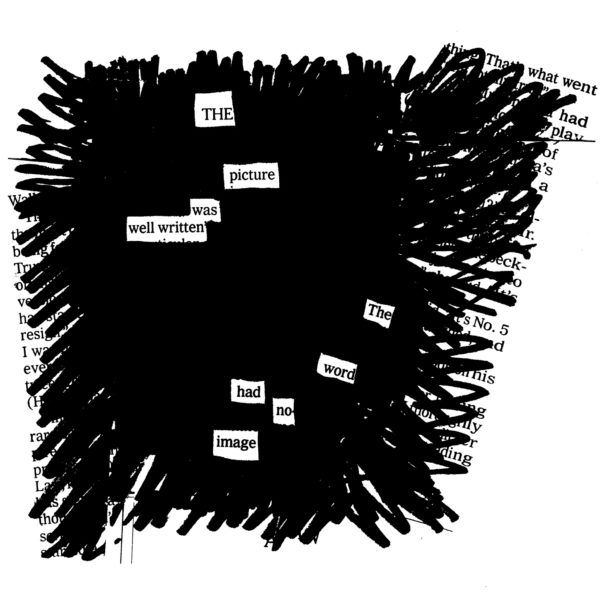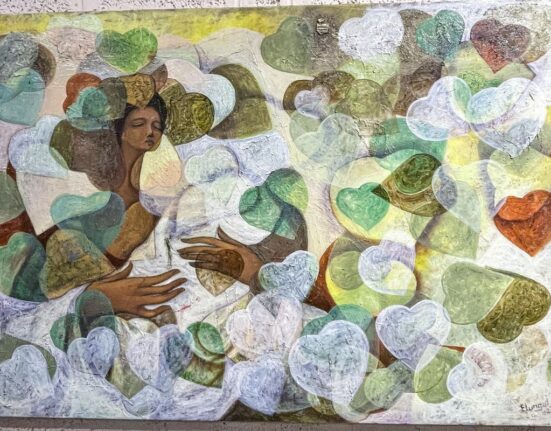
Yesterday designer Jessica Hische tweeted, “I have it in my head that I should pursue an MFA in creative writing to be a better writer and find more space for writing in my life. Really, I should find a way to carve out time to focus on writing without paying tens of thousands of dollars to do so.”
Unsolicited, but here’s my advice for visual thinkers (and others) who want to be better writers:
1) Get Lynda Barry’s What It Is and do the exercises every day in a private notebook.
2) Start a blog and write something there every day.
3) Find or start a writer’s group. (I don’t have one, but I’m married to a fantastic writer and editor.)
4) Become a better reader. Read way more than you write.
5) I believe that the creative process translates across disciplines, so the real challenge to a visual artist who wants to write is learning to operate with words the way you do with pictures. (For example, my blackout poems started out as my attempt to write like a collage artist.)
6) Here’s cartoonist James Kochalka talking about creativity, and how if you can draw, you might be able to write, if you can write, you might be able to make music, etc.:
7) I don’t think most academic programs are set up to help creative workers make these kinds of cross-disciplinary transitions. (Some do or did exist: Carnegie Mellon, for example, used to have an information design program that helped designers learn to write and writers learn to design.)
8) One of the reasons I started the list with Lynda Barry is that she speaks of “The Image” (learned from her teacher Marilyn Frasca) — the thing that is alive in the work. If you can learn to work with The Image, it translates to any art form.
9) I should add that I went to an explicitly “interdisciplinary” college, so I was actually exposed to these ideas in an academic setting. (Lynda went to one too, Evergreen, and she is now a “Professor of Interdisciplinary Creativity” at the University of Wisconsin)
10) Cartoonists, because their work demands work from two disciplines (writing/art, poetry/design, words/pictures), are highly instructive when it comes to visual people learning to write, writers learning to make art, etc. (Check out Scott McCloud’s Understanding Comics for more.)
11) Read a lot. Write a lot. Repeat.






